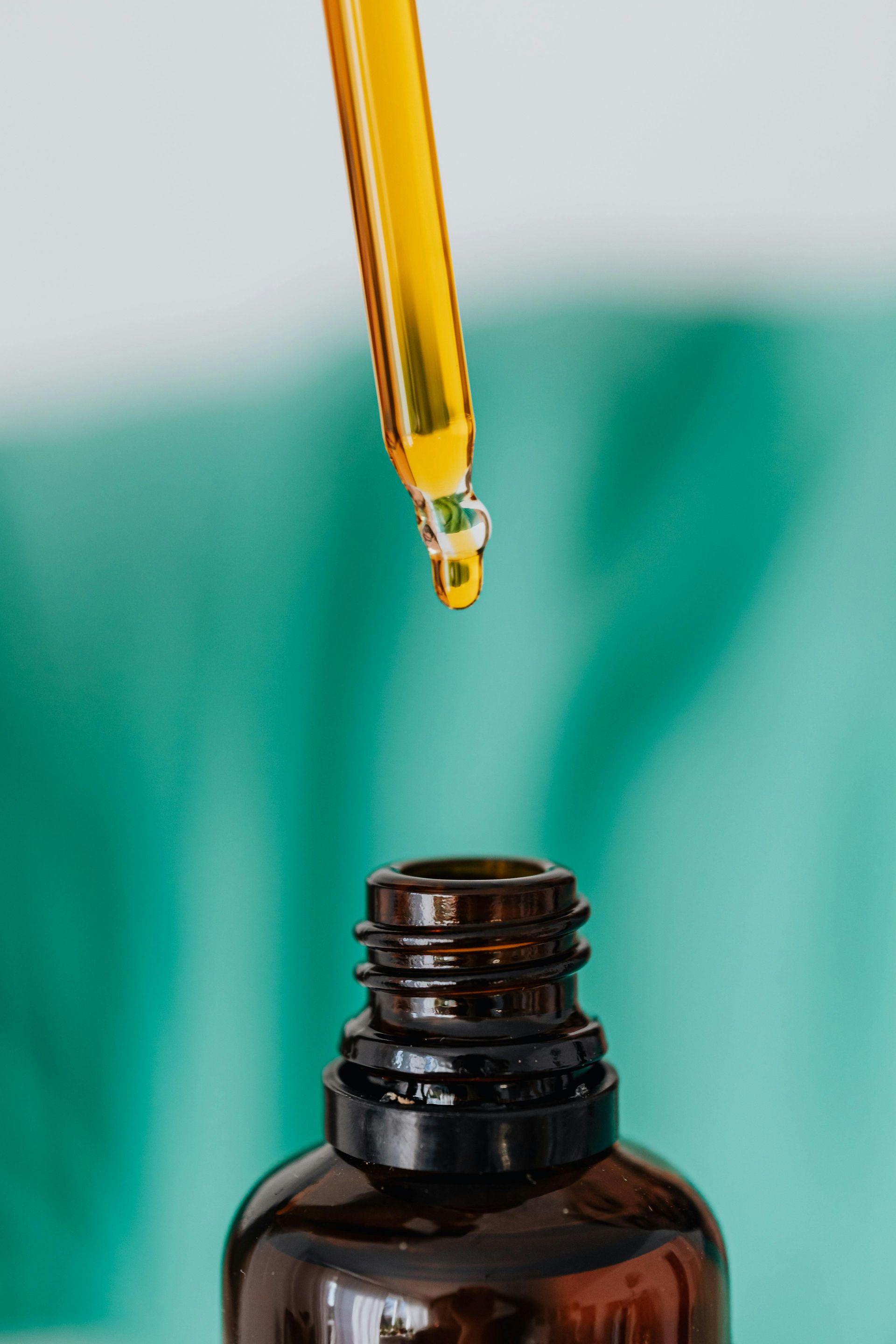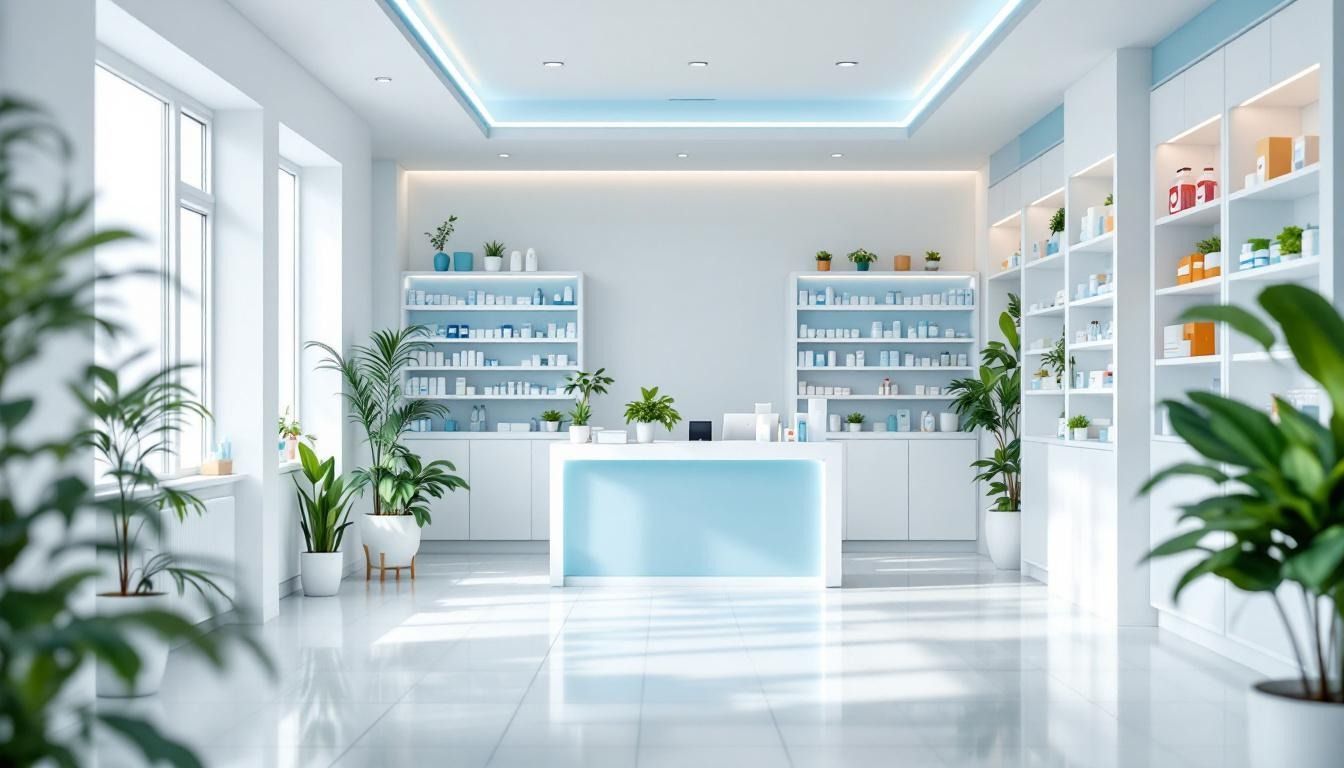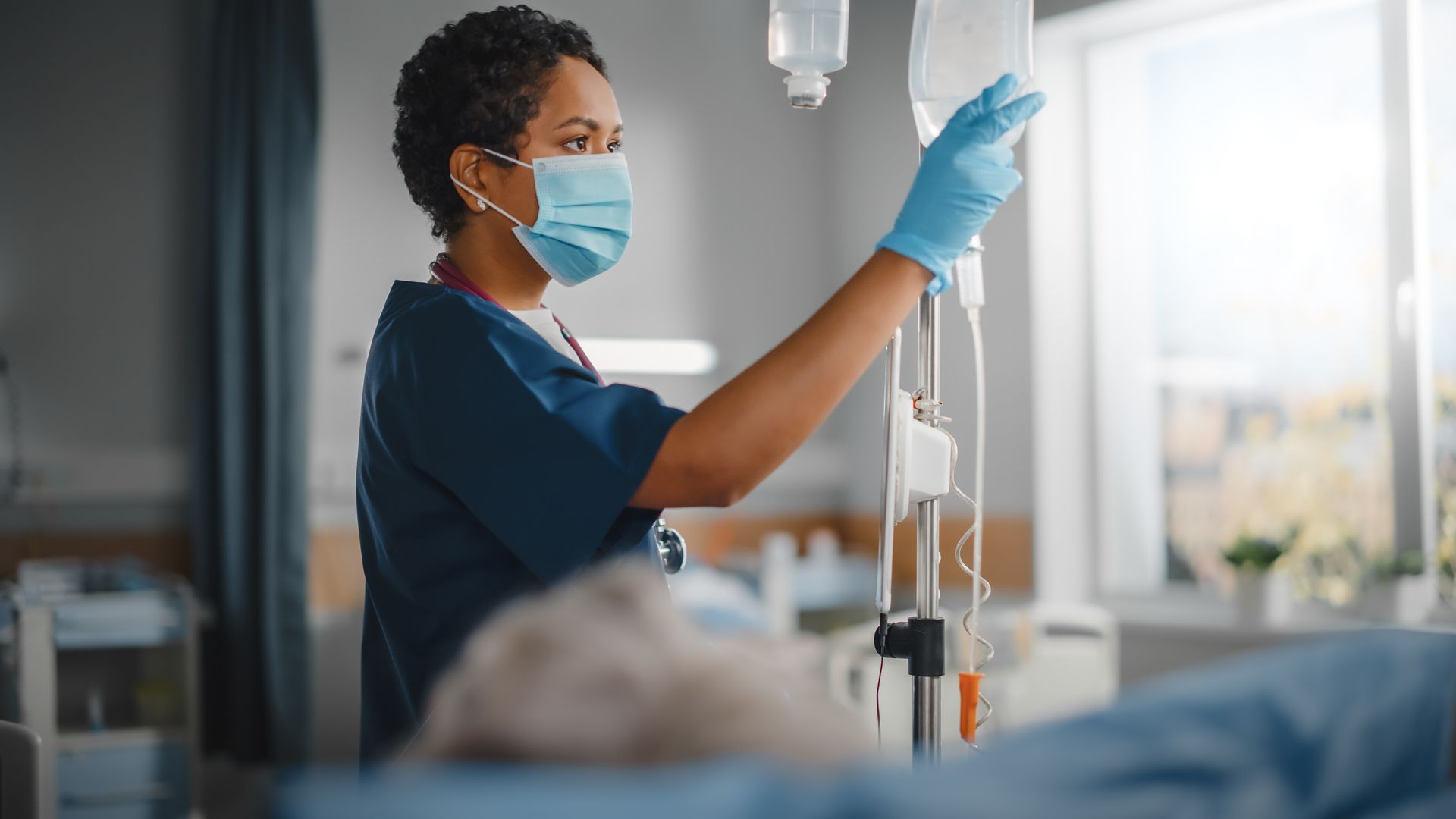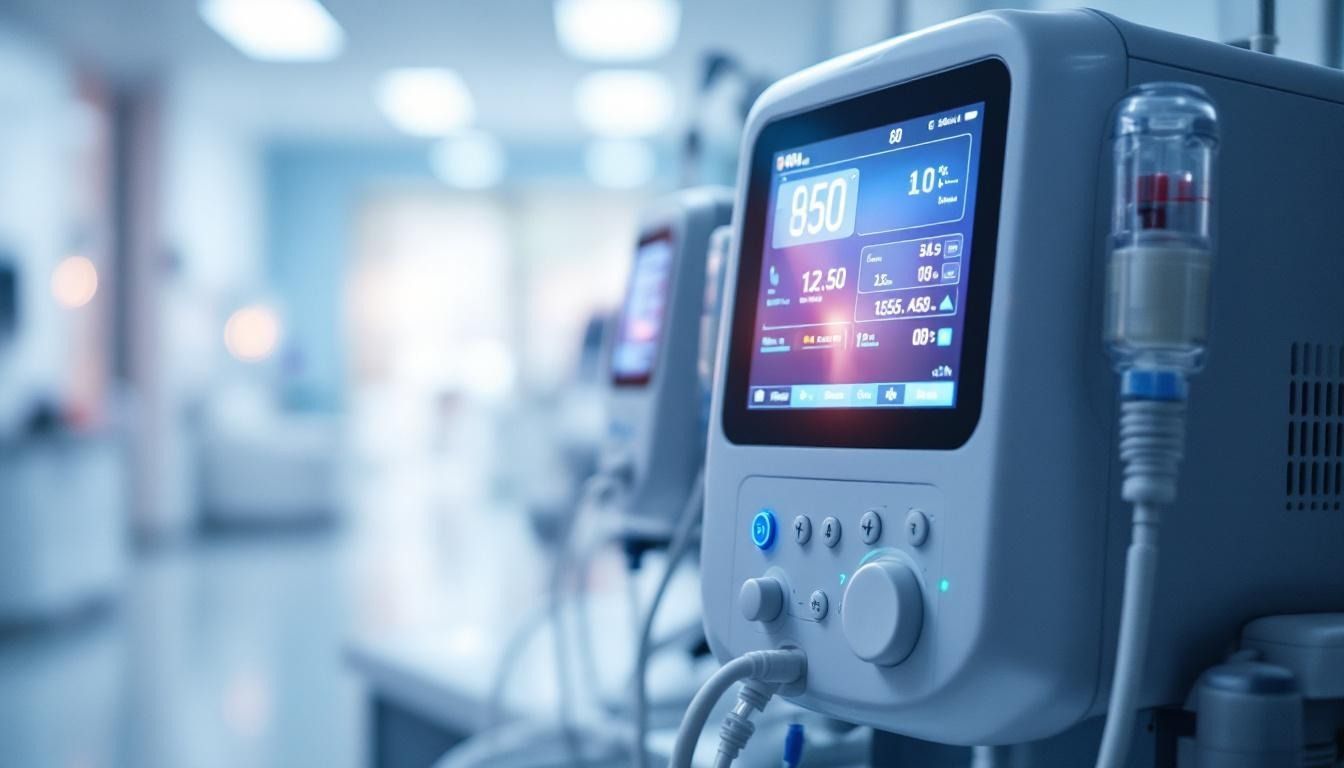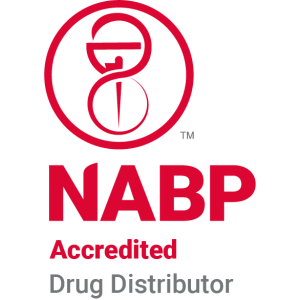What is custom sterile compounding for patients?
Introduction to Custom Sterile Compounding
In the realm of modern pharmacy, custom sterile compounding plays a critical role in meeting the unique medication needs of patients. This process involves tailoring medications in strictly controlled sterile environments, ensuring that they are free from contaminants and pathogens. As healthcare becomes increasingly personalized, understanding custom sterile compounding's purpose and procedures is crucial for both patients and medical professionals. This article delves into the core aspects of sterile compounding, its applications, regulatory landscape, and the significance it holds in patient care.
Defining Custom Sterile Compounding

What does custom sterile compounding mean?
Custom sterile compounding refers to the preparation of personalized medications in a sterile environment tailored specifically to individual patient needs. This practice is critical for patients when commercially available medications are inadequate. For instance, some patients require unique strengths, special dosages, or need to avoid allergens found in standard formulations.
The process involves strict aseptic techniques to ensure the final products are free from pathogens and contaminants, which is crucial for patient safety. Pharmacists utilize specialized equipment like laminar airflow hoods in clean rooms designed to prevent contamination. Common sterile products include injectable medications, such as Low-dose HCG, and eye drops meant for managing post-operative inflammation.
Purpose and significance of sterile compounding
The primary purpose of sterile compounding is to meet the specific medical needs of patients, especially when standard FDA-approved medications do not suffice. By creating personalized formulations, compounding pharmacists address individual issues such as allergies, intolerances, and dosage requirements that are not met by commercially available drugs.
This tailored approach ensures that patients receive safe and effective treatments, making it a vital service in pharmacy practice. The importance of maintaining high standards during the compounding process cannot be overstated; strict adherence to guidelines like USP General Chapter <797> is mandatory, reinforcing the commitment to patient safety. Ultimately, sterile compounding empowers pharmacists to deliver customized healthcare solutions directly addressing patients' unique medical conditions.
Examining the Process of Sterile Compounding

Sterile Compounding Procedures
Sterile compounding is a meticulous process where medications are formulated in a sterile environment. The procedure is crucial for preparations like injections, intravenous solutions, and eye drops, where sterility is paramount to prevent infections. This process involves several steps to ensure the highest quality, including:
- Gowning and Hand Hygiene : Staff must don sterile gowns, masks, and gloves while performing thorough hand washing to eliminate contaminants.
- Controlled Environments : Compounding takes place in a cleanroom with controlled temperature, humidity, and airflow, often utilizing laminar flow hoods to maintain sterility.
- Equipment Sterilization : All equipment used for compounding is sterilized before application to avert any contamination risks.
Safety Measures and Protocols
Safety is a core element of sterile compounding. Pharmacists must abide by strict guidelines established by the United States Pharmacopeia (USP), particularly USP Chapter <797>, which outlines measures to minimize microbial contamination and ensure the integrity of the compounded products.
- Regular Environmental Monitoring : Facilities conduct routine tests of air quality, pressure differentials, and surface cleanliness to ensure compliance with safety standards.
- Staff Training : Personnel undergo rigorous training on aseptic techniques and must complete ongoing competency evaluations to maintain skills required for sterile compounding.
What is an example of sterile compounding?
An example of sterile compounding is the preparation of injections, such as those used for vaccines or intravenous therapies. These medications must be prepared in a controlled sterile environment, adhering to strict guidelines like the United States Pharmacopeia Chapter <797>, to prevent contamination and ensure safety. In addition to injections, sterile compounding includes the formulation of eye drops that require sterility to avoid infections. Facilities like Central Compounding Center South employ advanced technology and rigorous testing, including sterility tests and analysis for potency and endotoxin, to guarantee the efficacy and safety of compounded sterile products. The process of sterile compounding is essential for tailoring medications to meet the unique needs of patients, especially when commercially available forms do not suffice.
Applications and Importance in Patient Care

Applications of Sterile Compounding
Sterile compounding plays a vital role in healthcare by providing customized solutions for patients who require medications tailored to their specific health needs. This includes preparing sterile injectables, intravenous (IV) solutions, and eye drops. Compounded sterile preparations (CSPs) are indispensable for patients with unique requirements such as allergies to certain ingredients, specific dosage strengths, or when conventional medications are not effective or appropriate.
Role in Patient-Specific Medication Preparation
The key function of sterile compounding lies in its ability to create personalized medication regimens that directly address individual patient needs. For example, pediatric patients may benefit from flavored formulations to improve compliance, while patients undergoing hormone replacement therapy might require unique dosage adjustments. The meticulous processes in sterile compounding ensure that each formulation meets stringent safety standards, minimizing the risk of contamination and enhancing treatment efficacy.
Are sterile compounding and IV preparation the same?
Sterile compounding and IV preparation are not the same, although they share similarities. Sterile compounding refers to the process of preparing various sterile pharmaceutical products, including IV medications, eye drops, and injectables. While IV preparation specifically deals with medications administered through IV routes, sterile compounding encompasses a broader range of applications within a sterile environment. Completing a sterile compounding certification course can enhance the skills of healthcare professionals, providing them with knowledge in areas such as aseptic technique and quality control. This training is valuable in the job market and can lead to increased job opportunities and potentially higher salaries for pharmacists and pharmacy technicians.
Legal and Regulatory Landscape

Regulations Governing Sterile Compounding
Sterile compounding pharmacies operate under a complex framework of regulations designed to ensure patient safety and medication efficacy. The U.S. Pharmacopeia Convention (USP) sets crucial standards, particularly USP General Chapter <797> , which provides guidelines for sterile preparation. This chapter outlines the protocols to prevent microbial contamination, emphasizing the necessity of a clean and controlled environment for compounding.
In addition to USP regulations, state boards of pharmacy play a significant role in enforcing local laws that require compounding pharmacists to follow strict procedures. Outsourcing facilities, which can produce larger quantities of compounded drugs, must adhere to the FDA’s current Good Manufacturing Practices (CGMP), ensuring higher quality standards than those required for traditional compounding in pharmacies.
Differences Between Sterile Compounding and Traditional Manufacturing
Unlike traditional drug manufacturing, which undergoes rigorous FDA approval for safety and efficacy, compounded drugs are prepared on a case-by-case basis and tailored to individual patient needs. Compounding focuses on customizations such as dosage adjustments and allergen-free formulations, often filling gaps when commercially available medications are insufficient.
This practice, while essential for addressing unique patient needs, does carry inherent risks. Compounded drugs lack FDA approval, exposing patients to potential issues related to contamination, inconsistent potency, and insufficient quality assurance. Therefore, while compounding pharmacies provide significant benefits, such as personalized medications during shortages, patients must remain vigilant and always consult healthcare professionals to understand the implications of using compounded medications.
Safety and Quality Assurance in Compounding

What are the safety measures for compounded drugs?
Safety measures in sterile compounding are crucial to protect patient health. Compounding practices must adhere to stringent guidelines established by the FDA and the U.S. Pharmacopeia (USP), specifically USP General Chapter <797>, which outlines the requirements for sterile preparations. These practices include:
- Controlled Environments : Compounded Sterile Preparations (CSPs) are prepared in clean rooms that meet specific air quality and temperature standards to minimize contamination risks.
- Aseptic Techniques : Compounding personnel undergo rigorous training in aseptic techniques, ensuring they maintain cleanliness and prevent microbial growth during preparation.
- Regular Monitoring : Facilities routinely monitor air pressure, temperature, and humidity to maintain sterile conditions, along with conducting regular environmental testing.
What are the potential risks and benefits?
While custom sterile compounding addresses unique patient needs, it also comes with inherent risks. The benefits include:
- Personalization : Tailoring medications to individual requirements, for instance, by creating allergen-free formulations.
- Availability : Compounding can offer alternatives when commercially available medications are in shortage or unsuitable.
However, potential risks include:
- Contamination : Improper sterilization or technique could lead to infections.
- Inconsistent Quality : Compounded drugs are not subjected to the same rigorous FDA evaluations as commercial products, leading to variations in safety or efficacy.
What are the new compounding pharmacy regulations?
New regulations, primarily through the Drug Quality and Security Act (DQSA), emphasize patient safety following past incidents linked to compounded drugs. Key updates include:
- Outsourcing Facilities : Must now adhere to Current Good Manufacturing Practices (CGMP).
- FDA Inspections : Conducted on a risk-based schedule to enhance oversight.
- Revised USP Standards : Updates to USP General Chapters <795> and <797> promote a risk-based approach and better safety handling standards.
These changes reflect a commitment to ensuring the safety, quality, and efficacy of compounded medications in the U.S.
Conclusion
Custom sterile compounding is an indispensable element of patient-centered care, ensuring that individuals receive the precise formulations necessary for their health conditions. While it presents opportunities for personalized medicine, it also requires adherence to stringent safety and regulatory standards to mitigate risks associated with contamination and improper formulation. Understanding the complete spectrum of sterile compounding, from its process to regulatory requirements, empowers healthcare providers and patients to make informed decisions, ultimately enhancing the overall quality and safety of medical treatment.
References
- Compounding FAQs - American Pharmacists Association
- Sterile Compounding | CompleteRx
- Sterile and Non-Sterile Custom Compounded Medications
- Custom Compounded Medications for Diverse Health Needs
- Sterile Compounding for Custom Medication - ClearSpring Pharmacy
- Compounding and the FDA: Questions and Answers
- Sterile Compounding
- [PDF] ASHP Guidelines on Compounding Sterile Preparations
- Compounding - Alexander's Twin Pharmacy



